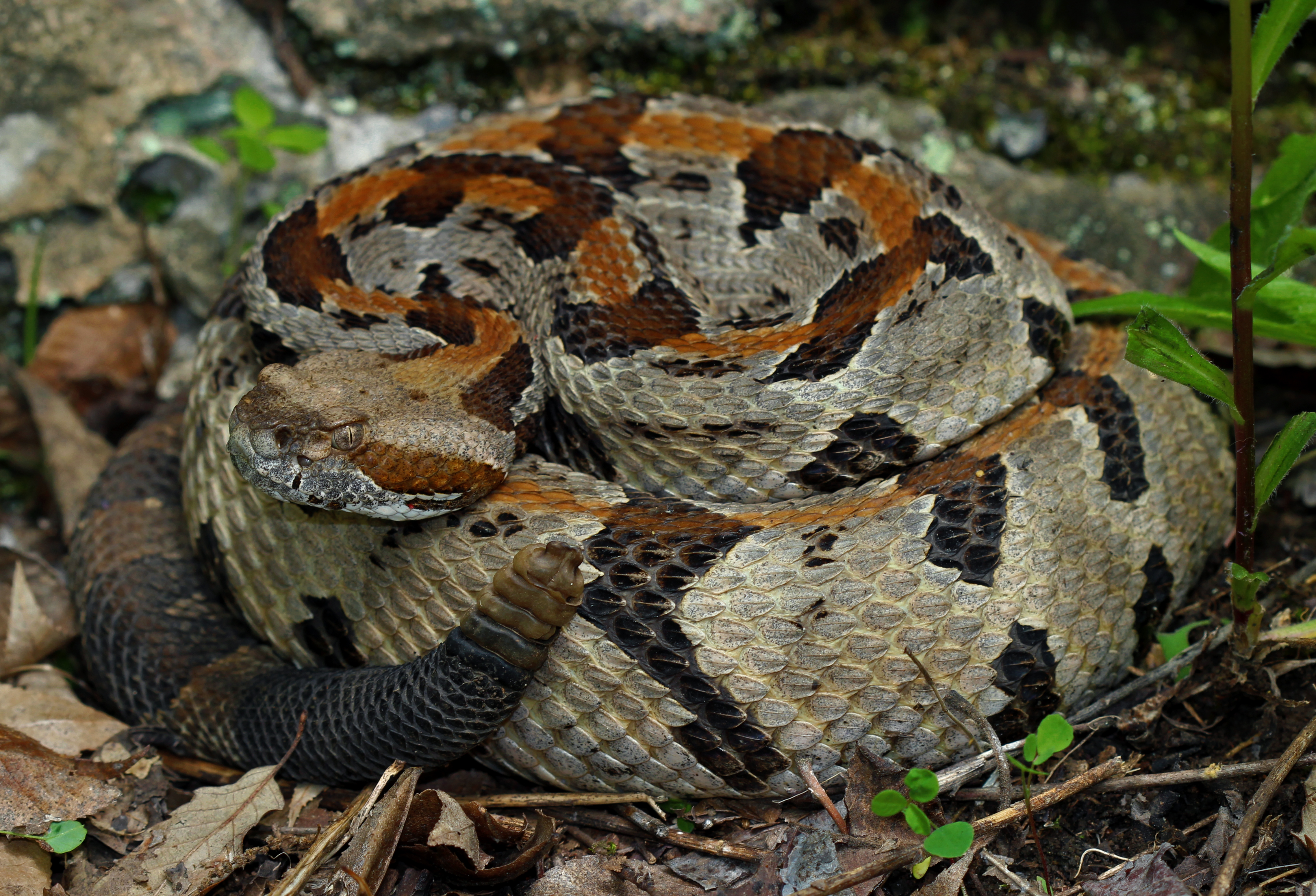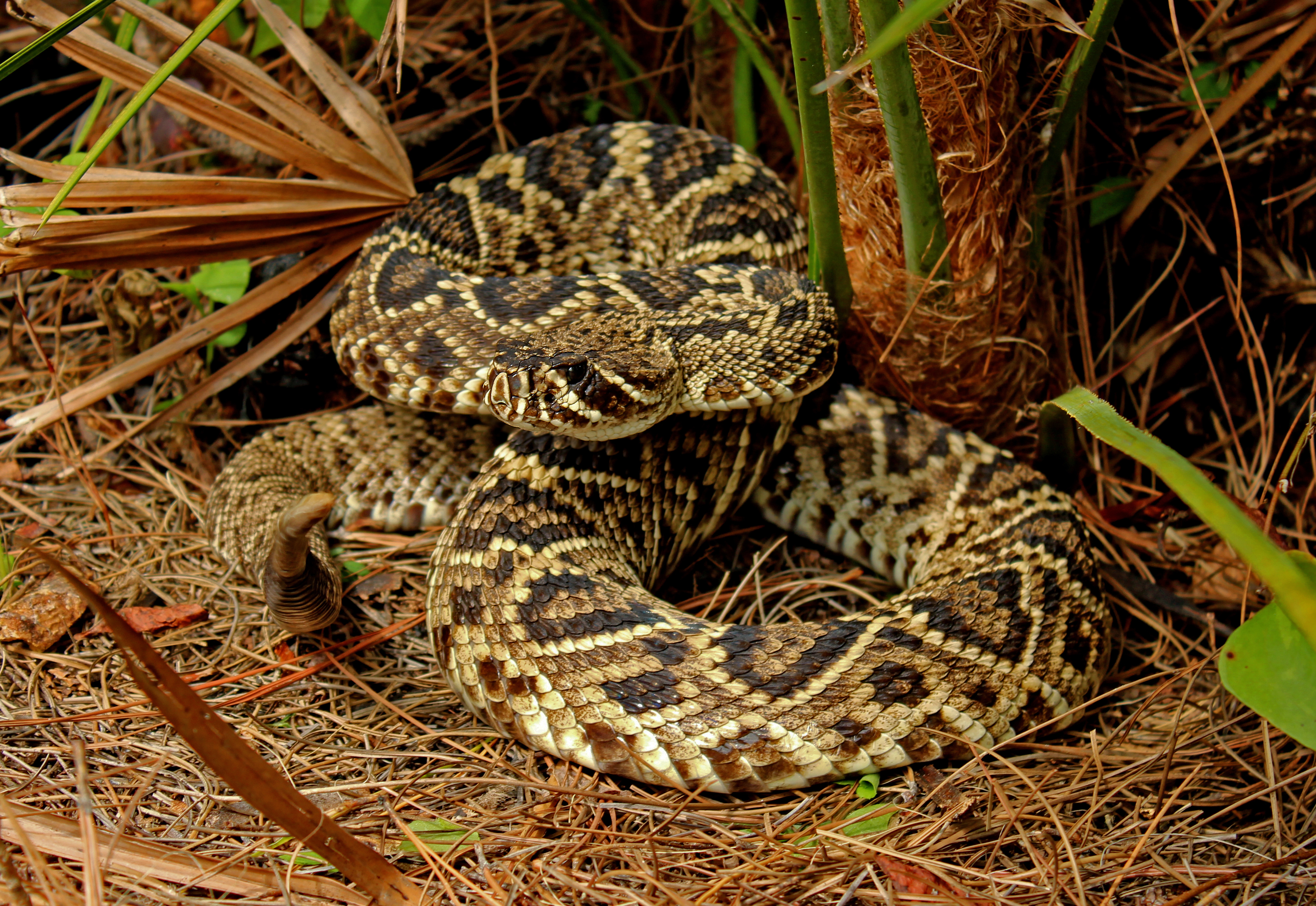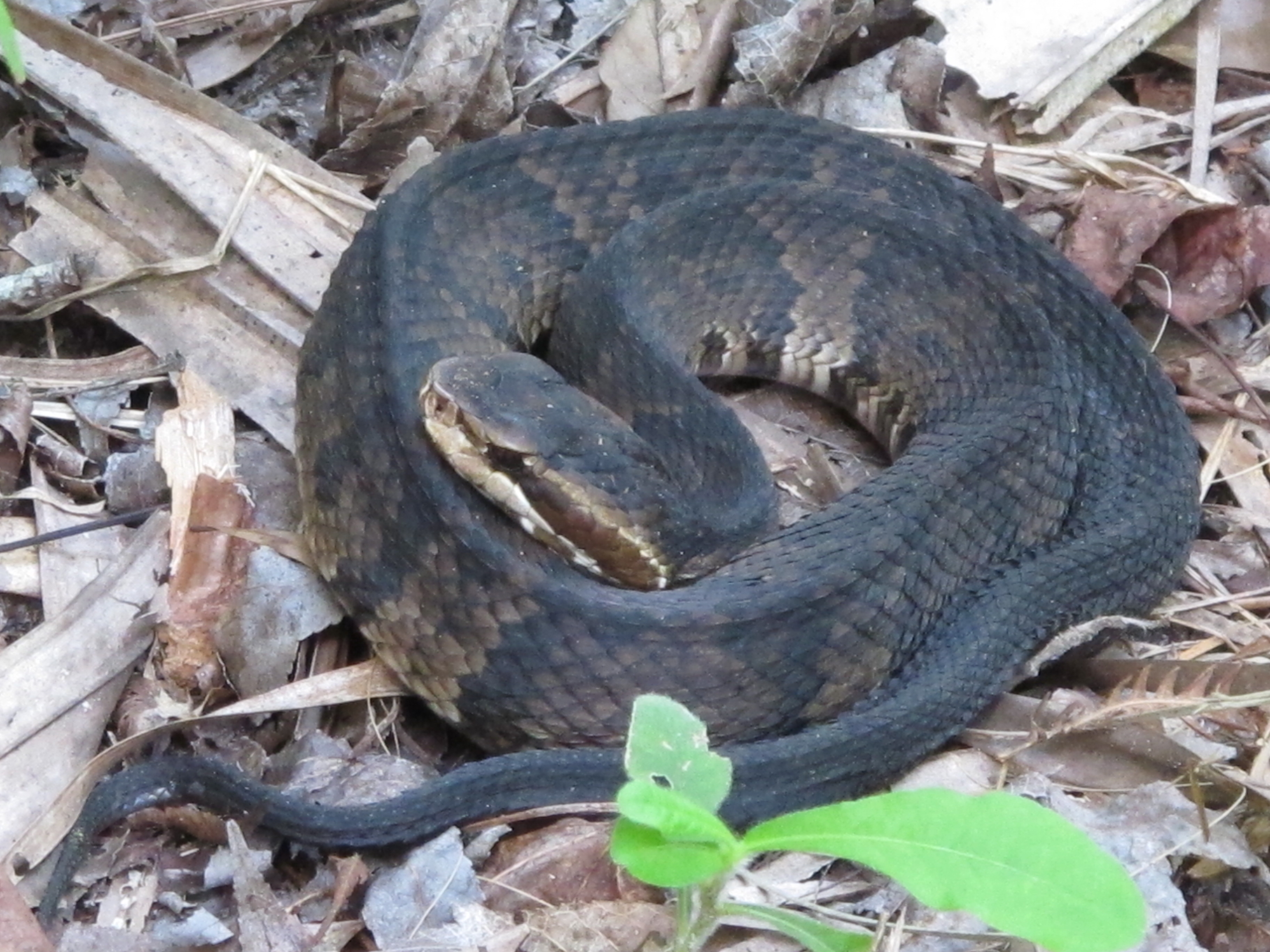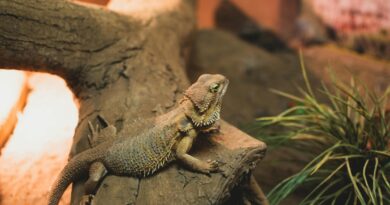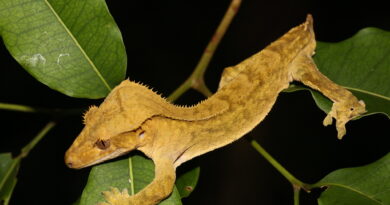8 Venomous Snakes Found In The US
Which US State Has The Most Venomous Reptiles?
The United States is a diversely populated area filled with various species of reptiles, some of which are incredibly venomous. When it comes to the most venomous reptiles living within the US, it can be difficult to pinpoint one exact state as having the highest concentration. However, certain southeastern states such as Florida and Texas have been seen to contain a greater number of venomous snakes than any other state within the US. This is largely due to the temperate climates found in these states that make them hospitable environments for reptilian life.
In terms of species count, Florida has the highest count of venomous reptiles in comparison to other states in the U.S., with 17 different species identified so far. These include rattlesnakes, water moccasins, coral snakes, and cottonmouths among many others. The second-highest concentration can be discovered in Texas where 14 different species have been identified.
Similarly, some coastal states on the Gulf of Mexico (including Mississippi and Alabama) are known for containing some unique and highly dangerous creatures which may make them worthy contenders for having the most venomous reptiles in the US as well.
Overall, while it can be difficult to pinpoint a state with the highest concentration of venomous reptiles in the US, it is likely that Florida or Texas have the most species overall. As such, if you are planning on spending time outdoors in these states, it is important to take appropriate safety precautions and familiarize yourself with the types of venomous snakes.
Deadliest Snakes in the US: 8 Bites You Want to Avoid
The most dangerous snakes in the US are the venomous types, which have been known to strike around 7,000 people in the US each year. Out of these bites, approximately five of them can be fatal without medical intervention or quick transportation to a hospital. Of course, precaution is key and it pays to wear heavy boots if you’re out in nature and always be mindful of your surroundings near bodies of water.
Most deadly snakebites usually occur on bare body parts such as hands and feet since people are unaware that they’re near a snake’s natural habitat. Some of the deadliest snakes include rattlesnakes, copperheads, and cottonmouths – all found widely throughout mainland USA (not including Hawaii). Rattlesnake bites can end up being killed by necrotic wounds due to fang penetration. Copperhead bites cause burning sensations at bite sites with swelling around limbs that can last for days while cottonmouths inflict deep puncture wounds that could easily get infected due to mud and dirt getting into open lesions after being bitten.
Timber Rattlesnakes
The timber rattlesnake is an impressive-looking reptile found primarily in the Eastern and Central parts of the United States. They are relatively large when compared to their relatives, and can reach lengths of up to seventy-four inches with some records showing snakes over ten pounds. Along with its formidable size, it has a unique feature: a structure at the end of its tail which produces a rattle sound that warns others of any danger. While these snakes aren’t particularly aggressive, they will still defend themselves if they feel threatened or if they are surprised. Hearing the distinct sound from their rattle is like being put on notice – you should be very careful about what your next move will be.
This species has an interesting relationship with humans as its population numbers have been dwindling due to human interference such as land development destroying their natural habitats or through illegal hunting or capture for pet trade purposes. It’s important that people take care not to corner or disturb these animals in order to preserve this species and make sure that they remain part of our fauna for future generations to enjoy. Along with responsible conservation practices, educating people on how to spot and differentiate this snake from other species will help them coexist safely together in balanced ecosystems without putting anyone at risk.
Western Diamondback Rattlesnake
The Western Diamondback Rattlesnake is a large species of rattlesnake found in the Southwest. It has an impressively wide range of habitats, from grasslands to forests, coastal areas, and rocky terrain. Adults can be quite large, reaching up to 7 feet long and weighing up to 15 pounds. The distinctive diamond pattern on its back and the black ring pattern at the end of its tail are both unmistakable identifiers.
Unfortunately, the Western Diamondback Rattlesnake also has the unfortunate distinction of being responsible for more snake bites than any other species in the US. Indeed it is vital that we familiarize ourselves with safe practices when encountering this fascinating creature out in nature such as staying away from them or watching how you move if one is nearby. Its iconic rattle can often give individuals a warning when they’re too close but keeping a cautious attitude around them all the same is paramount for both your safety as well as their own.
Eastern Diamondback Rattlesnake
The Eastern Diamondback Rattlesnake is one of the scariest sights you can see in nature. Their tell-tale markings consist of dark gray-brown diamonds outlined in buffy yellow and black but it’s the cat-like vertical slits that are their most recognizable feature; if you see these then you know you’ve got a diamondback on your hands! They are the heaviest and longest venomous snakes in the US, weighing up to 34 pounds and reaching lengths of up to 8 feet. While this might sound intimidating, an average snake usually only grows up to 4 or 5 feet long and rarely weighs more than 3 or 4 pounds. The largest Eastern Diamondback on record was shot in 1946 boasting an incredible 34-pound weight!
Eastern Diamondbacks typically prefer dense forests deep within remote woodlands but can also be found among brush piles, under logs, or inside abandoned animal burrows. It’s important to remember that these snakes are wild animals and should never be approached – especially if their rattling tail gives a warning! These reptiles have deadly venom which is slowly released through their hollow fangs so even a non-lethal bite can mean severe pain or serious medical complications if not treated immediately. Even though they strike fear into the hearts of many, Eastern Diamondbacks are an integral part of healthy ecosystems and it is our responsibility to respect their space and appreciate them from a safe distance.
Prairie Rattlesnakes
The prairie rattlesnake, or Crotalus viridis, is a species of venomous snake native to the western United States. It ranges from southern Colorado all the way to the Pacific Coast and can be found in a variety of habitat types including desert plains, grasslands, and open woodlands. This impressive Western badass grows up to 5 feet long and has a triangle-shaped head with elliptical pupils in their eyes just like other rattlesnakes. These striking reptiles are distinguished by the rattle at the end of their tails that emit a warning when they feel threatened.
When it comes to eating, prairie rattlesnakes are opportunistic predators that mostly feed on small mammals such as ground squirrels, ground-nesting birds, mice, rats, small rabbits, and prairie dogs. To capture its prey it uses its keen vision as well as chemical secretions from its tongue that cover wide distances giving it an advantage when hunting. They also possess extremely potent venom that can attack your nervous system causing extreme pain or even death if left untreated! Fortunately, however, antivenin treatments exist which can be administered if you ever find yourself unable to coexist peacefully with these remarkable creatures.
Mojave Rattlesnake
The Mojave Rattlesnake is a species of venomous snake found in the desert Southwest. It is one of the smaller rattlesnakes, typically growing no longer than 3 feet. Despite its size, it packs a powerful punch with its highly venomous bite. It inhabits cactus, sage mesquite, and high desert grass areas where potential prey is abundant.
Mojaves prefer to ambush their victims and feed on small mammals like rodents or lizards. While there has yet to be scientific evidence of them being aggressive towards humans, there is a reputation that suggests they will not hesitate to attack if they feel threatened. In some cases simply getting too close can cause a reaction which could end in tragedy if you don’t know how to respond correctly. To ensure your safety it’s important to understand their habitat and behavior as well as take proper precautions when venturing into an area known to contain the Mojave Rattlesnake.
Copperhead
The copperhead is a common yet still imposing snake species found primarily in the woodlands of Central and East United States. The average size for an adult copperhead is 26 to 34 inches, with the record holder measuring over 4 1/2 feet long. Its relatively large fangs are directly proportionate to its size and even babies of this species have venom at birth. This camouflage predator has adapted to blend into its surroundings, but when confronted by a potential threat it won’t retaliate as most other snakes do. Instead of fleeing or shaking its rattle, it typically remains still which often causes people to not realize one is there until they get far too close. It may bite in warning though, releasing less venom than a regular bite from this species would carry and reducing the amount of harm that can be done. Despite some of its potentially dangerous traits, the copperhead is still classified as an important part of the ecosystem as it helps keep populations of prey animals in check (like rodents).
Cottonmouth
Cottonmouths are a sight to behold, but one best viewed from afar. These impressive snakes can be found in unprotected wetlands, swamps, and near slow-moving lakes, as well as the banks of streams and marshes. Grow up to 10 feet long, they have thick, heavy bodies and a light tan coloring that enables them to blend with their surroundings. But the most distinguishing feature is when threatened these powerful snakes anatomically display an open mouth that looks like a cotton puff – hence their name.
However, a defining characteristic of cottonmouths that sets them apart from all other snakes is their defensive posture. Instead of running away from humans they will often swim towards them in the water making it very clear not to make contact and more than likely you’re probably in the wrong place. That natural reaction has helped cottonmouths perpetuate themselves throughout generations as an incredibly efficient predator.


